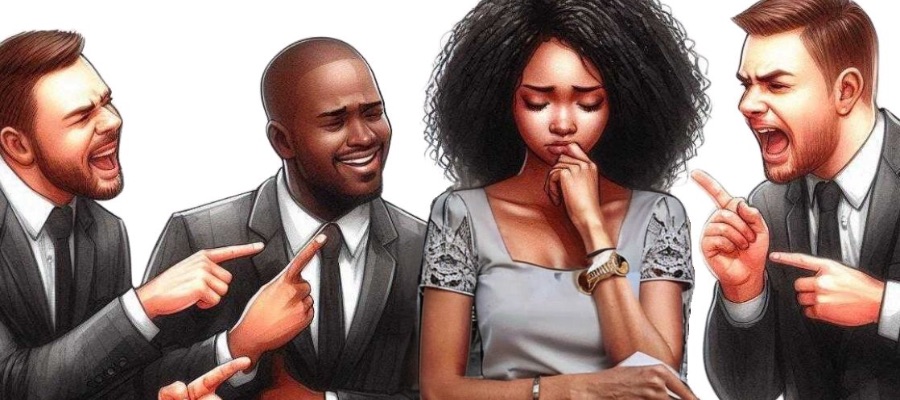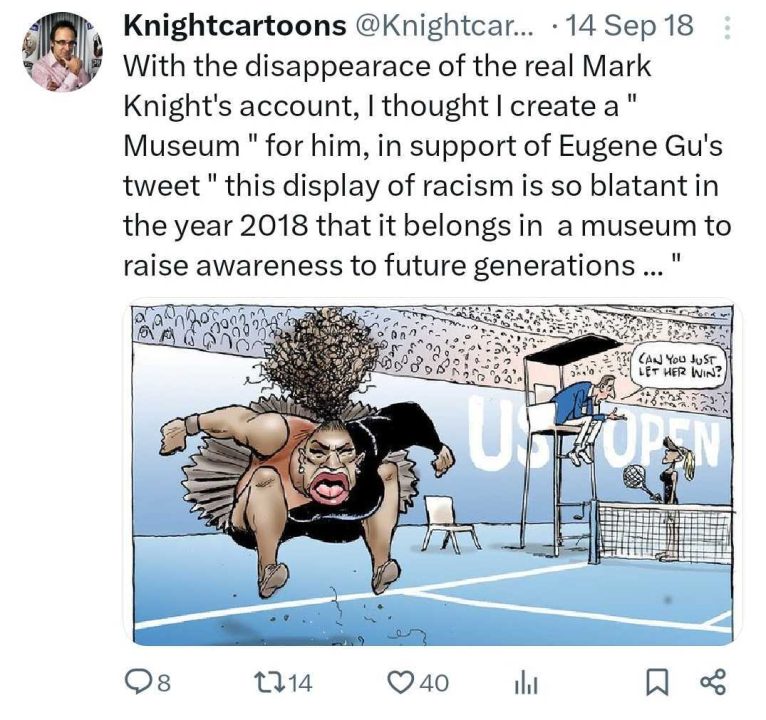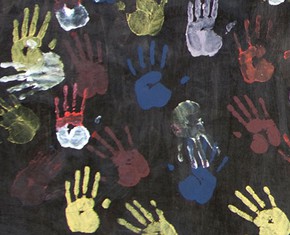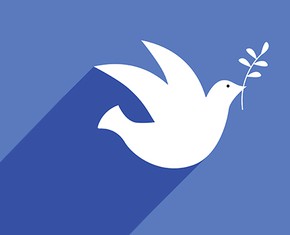The views expressed in our content reflect individual perspectives and do not represent the authoritative views of the Baha'i Faith.
Why are Black women subjected to more hostile sexism and receive less care and aid as a result? Why are Black women, on average, three times more likely to die from a pregnancy-related cause than white women in the United States? Why are nearly 100,000 Black women and girls missing and forgotten in the U.S.?
RELATED: Are Black Women Invisible?
All of these injustices can be attributed to the same mental sickness — misogynoir.
Defining Misogynoir

A portmanteau of the words “misogyny” and “noir,” the French word for “black,” Merriam-Webster defines “misogynoir” as “hatred of, aversion to, or prejudice against Black women.”
Sadly, Black women, who are victims of both racism and sexism, experience so much prejudice that a word in the dictionary was needed to explain the unique disdain and discrimination that our demographic specifically experiences.
As Malcolm X once famously said, “The most disrespected person in America is the Black woman. The most unprotected person in America is the Black woman. The most neglected person in America is the Black woman.”
The Stereotypes That Fuel Misogynoir

In 1938, Shoghi Effendi, the Guardian of the Baha’i Faith, stated that “racial prejudice, the corrosion of which, for well-nigh a century, has bitten into the fiber, and attacked the whole social structure of American society” should “be regarded as constituting the most vital and challenging issue” in the U.S.
And what is prejudice but an emotional attachment to a stereotype that people believe to be true? Let’s unpack these harmful stereotypes against Black women in the media and entertainment industry that are fueling misogynoir.
1. The Mammy Stereotype
Around a month ago, a family friend introduced my mother, a Black woman, to one of his best friends. To all of our surprise, the first thing that he said to my mother was something like, “I thought you would be a fat woman with no fashion sense.”
For those of you who have never seen my mother, she is a thin, healthy, attractive, and stylish African American woman. So, this man’s offensive statement shocked us all. Our family friend remarked, “Judgment,” as people looked uncomfortable and laughed awkwardly. I wondered, why is that the first image that came to his mind when he thought of a Black woman? Then it hit me — this man was operating under the Mammy stereotype.

The Mammy stereotype depicted an old, obese, unappealing, subservient, self-sacrificing, and dependent dark-skinned woman who was loyal to her enslavers. This racial caricature was created during slavery to legitimize the enslavement of people of African descent by painting this picture of a caregiver who was content with her oppression and happy to serve the family that enslaved her.
This stereotype was popularized through minstrel shows — a type of 19th-century entertainment where white performers in blackface makeup portrayed Black people in exaggerated and demeaning ways, enforcing racist stereotypes of African Americans. The Mammy stereotype continued to be perpetuated through the branding of Aunt Jemima products by The Pearl Milling Company and in movies like “Gone with the Wind,” “Uncle Tom’s Cabin,” and “The Help.” This stereotype evoked nostalgia amongst white Americans for a past that was only painful for people of color.

2. The Jezebel Stereotype
The Jezebel stereotype hypersexualizes Black women and portrays them as promiscuous, seductive, and lewd to reduce them as an object that exists solely to sexually gratify others.
The Jezebel stereotype originated during the time of slavery in the U.S. and was created to justify white enslavers’ repeated rape of the Black women and girls that they enslaved, perpetuating the myth that these women and girls of African descent were willing temptresses rather than victims of horrific sexual violence.
As the Universal House of Justice, the global governing body of the Baha’i Faith, stated:
There can be no justification for anyone compelling another, through the use of force or through the threat of violence, to do that to which the other person is not inclined.
Unfortunately, the Jezebel stereotype is still popular in music videos, movies, television shows, and now, artificial intelligence, perpetuating a dangerous and dehumanizing narrative.
3. The Sapphire Stereotype
The name “Sapphire” came from a character on the television show, “Amos ‘n’ Andy,” which portrayed a nagging, angry wife named “Sapphire Stevens.”
The Sapphire stereotype depicts Black women as sassy, loud, angry, emasculating, aggressive, and domineering. This stereotype characterizes the hostile lens that African American women are often viewed through, eliciting more resentful attitudes and sexual harassment and assault, as opposed to the benevolent sexism that white women more often receive.
The Sapphire stereotype is often used to tone police and silence Black women for speaking up about the discrimination that they have faced — labeling each woman who tries to advocate for justice as an “angry Black woman.”

While some progress has been made in how Black women are portrayed in the media and entertainment industry, we still have a long way to go as misogynoir is still alive and well — neglecting, wounding, and endangering women of African descent both in our nation and across the globe.
Ending misogynoir is crucial not only for the sake of Black women, but for the sake of the world. The Baha’i writings emphasize that to achieve world peace, we must end both racism and sexism, and misogynoir is a product of both.
















Comments
Sign in or create an account
Continue with Googleor